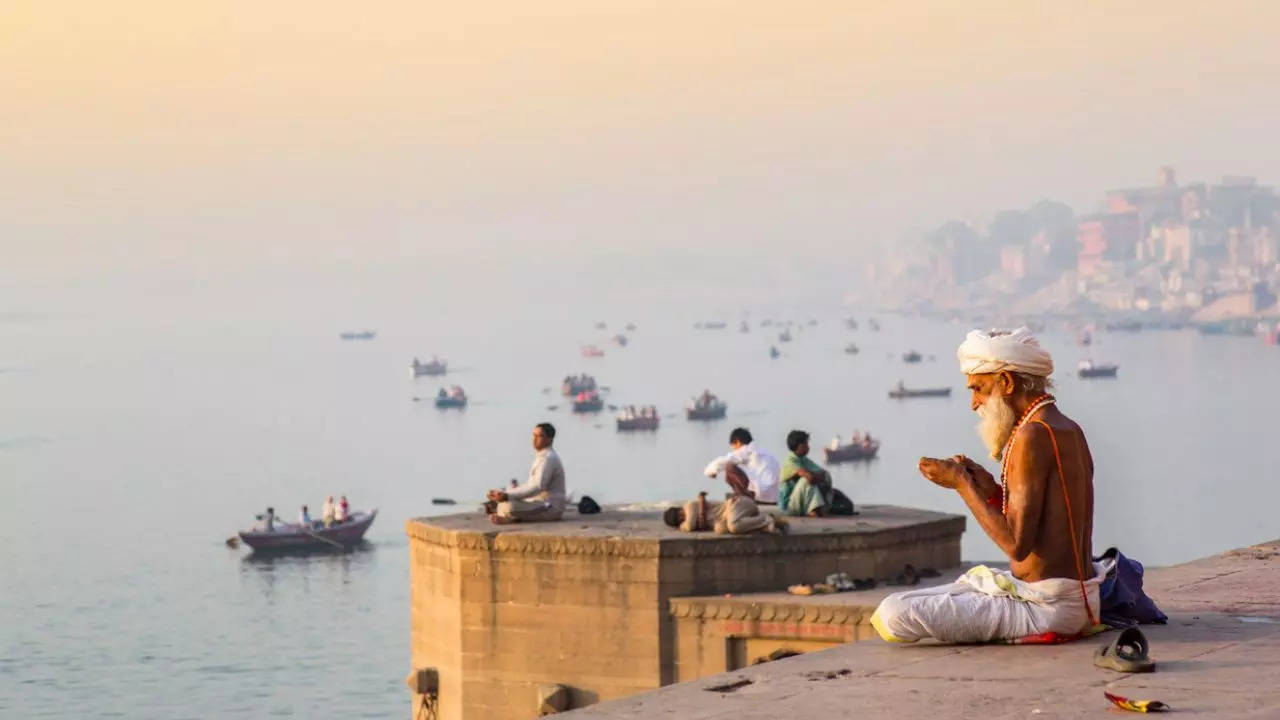
Every year on September 27th, the world celebrates World Tourism Day. This global event aims to promote tourism as a force for good, contributing to economic growth, cultural understanding, and sustainable development. As we mark this day in 2024, there’s an increasingly urgent conversation about how we can reshape tourism to be more sustainable, community-oriented, and resilient to future challenges. One solution stands out—supporting local tourism.
Why Local Tourism Matters
In the wake of the pandemic and rising concerns about climate change, local tourism—exploring attractions close to home—has emerged as a key driver of sustainability. Supporting local tourism offers numerous benefits: it reduces the carbon footprint associated with long-distance travel, bolsters regional economies, and creates opportunities for cultural exchange without overcrowding popular tourist hotspots.
And India is revelling in the growth of its domestic tourism sector, which shows how more and more travellers are looking for immersive, offbeat destinations within their own country. This domestic surge has also fuelled the recovery of the travel sector, which had been gravely impacted during the pandemic. According to The World Travel & Tourism Council’s (WTTC) 2024 Economic Impact Research (EIR), the sector’s contribution to India’s GDP reached just over INR 19.13TN in 2023 – almost 10% ahead of 2019 levels. Employment in travel & tourism grew by 10% to reach just under 43MN, 8% more than in 2019. Domestic visitor spending was 15% ahead of 2019, reaching INR 14.64TN.
This growth has been possible due to myriad reasons – most states are now investing in offbeat experiences, promotion of rural tourism through homestays, development of cultural sites as well as religious destinations. India has also been at the forefront of culinary tourism, with local chefs championing regional cuisine while promoting sustainability and diversity. With travel poised for significant growth in the coming years, it is only natural that we now focus on sustainable growth that allows destinations to thrive, and not crumble, under the demands of tourism.
Supporting India’s Grassroots
When tourists choose local destinations over international trips, they directly contribute to the livelihood of small communities. Homestays, local markets, craft shops, and family-owned restaurants benefit from this influx of travellers. By staying at locally-owned accommodations and purchasing indigenous products, travellers help create a circular economy, where the financial impact is felt directly by the people who call these destinations home.
Take, for example, small towns like Coorg in Karnataka or Kutch in Gujarat, which have gained popularity not just for their scenic beauty but for their unique local experiences. These regions are powered by eco-lodges, community-run nature tours, and traditional craft markets, ensuring that every rupee spent there goes back into sustaining local livelihoods.
Local tourism also helps rediscover indigenous cultures, traditions, and historic landmarks – the real side of Incredible India. By supporting local tourism, we preserve rich cultural heritage, encouraging communities to maintain traditional crafts, festivals, and rituals. In India, exploring lesser-known temples, forts, and villages offers travellers a deeper connection with local history and cultural diversity.
Also Read: World Tourism Day 2024: Celebrating The Role Of Travel In Global Peace & Unity
With overtourism becoming a major global issue, local tourism also offers a sustainable alternative. Encouraging people to travel locally reduces the environmental burden on overexploited destinations. Not to forget, India packs a punch in terms of diversity, both cultural, culinary and religious, making it one of the most incredible destinations you could spend months exploring. Simply put, as we plan our future travels, it is imperative that we focus on the richness that lies within our own borders to ensure travel continues to inspire, and impress, without adding to the burden of any ecosystem.

